Seville contains architectural elements from multiple periods. The city combines Gothic cathedrals, Moorish palaces, and modern structures. The Alcázar displays Islamic heritage, while Plaza de España represents Renaissance style. Parks, museums, and historic districts complement the architectural legacy.

Seville, Spain
The largest Gothic church building in the world with the 104-meter Giralda bell tower and Moorish architectural influences.

Seville, Spain
A royal palace with Islamic and Christian architectural styles, gardens with orange trees and a geometric water system.
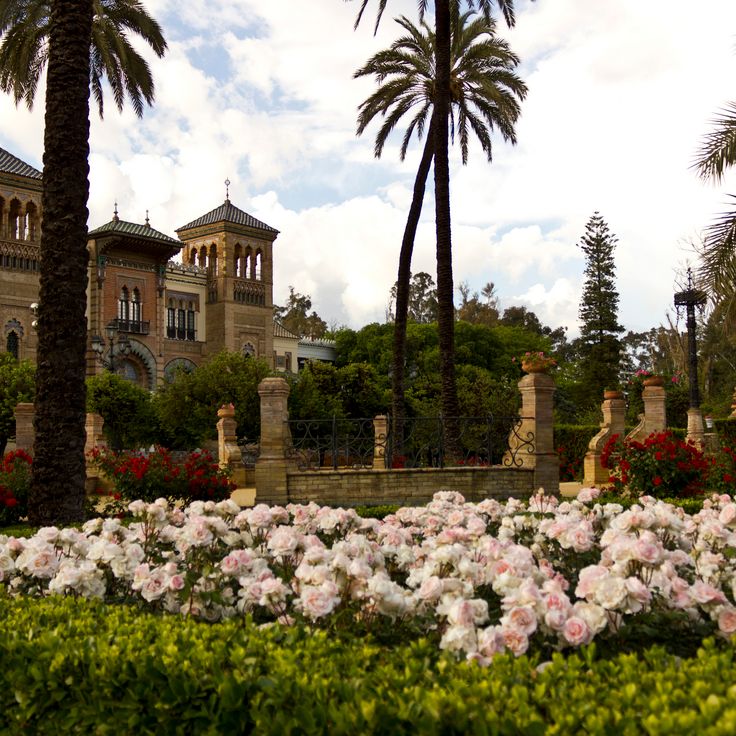
Seville, Spain
A public park with Mediterranean vegetation, fountains, pavilions and Andalusian style monuments from 1914.
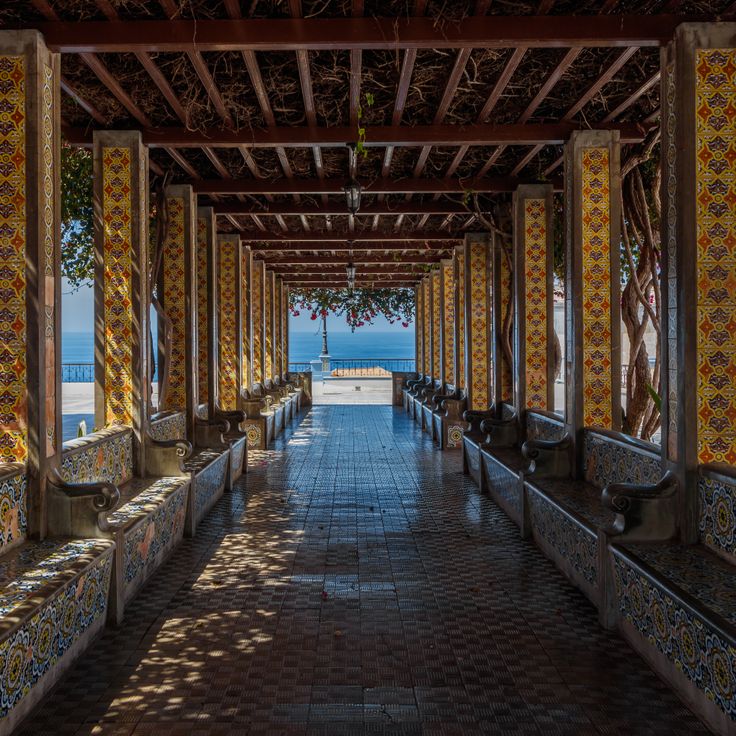
Seville, Spain
A semicircular plaza with canals, bridges and ceramic tiles representing Spanish provinces through tile panels.
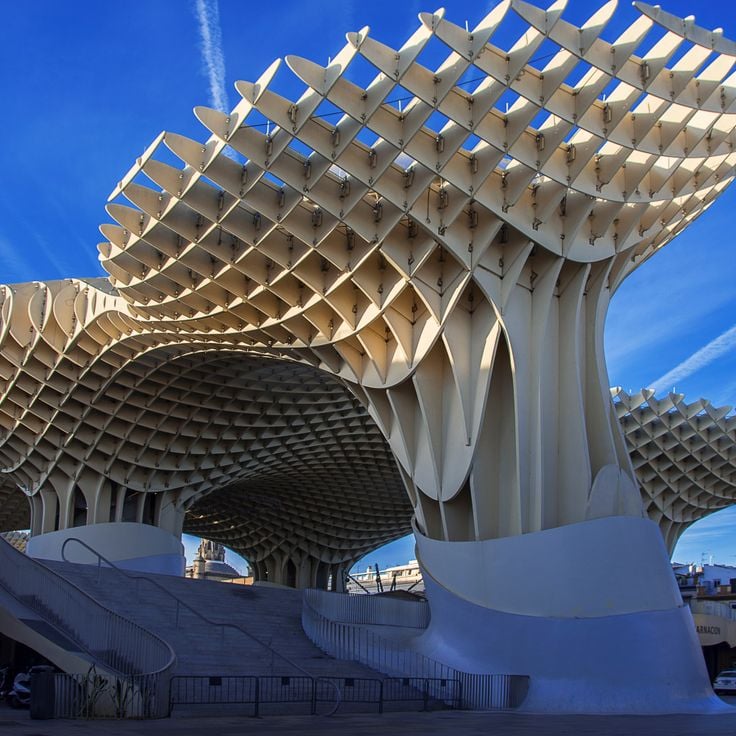
Seville, Spain
This 2011 construction consists of six wooden parasols measuring 150 meters in length with an observation deck and market beneath.
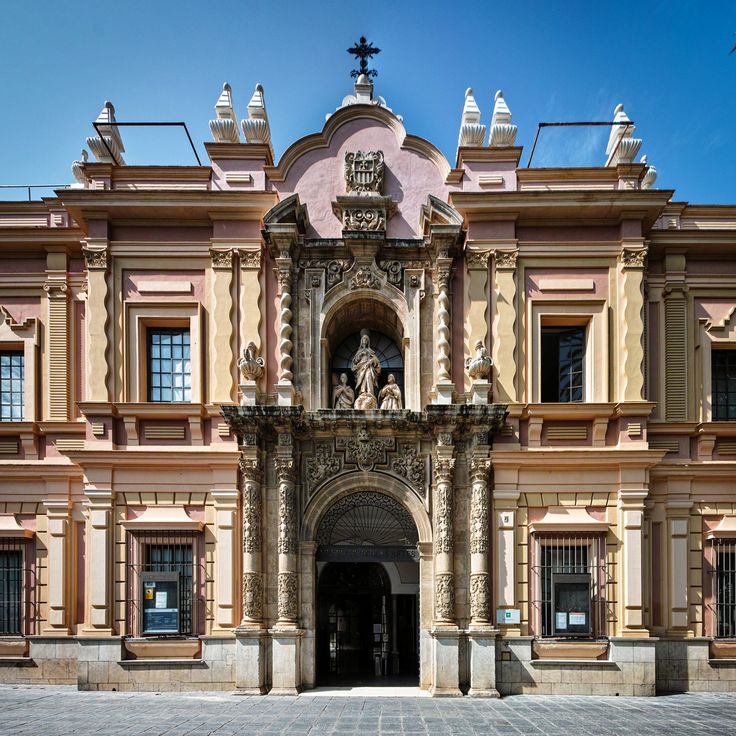
Seville, Spain
Opened in 1839, this museum displays Spanish art from medieval times to the 20th century in a former Mercedarian monastery.

Seville, Spain
Built in the 17th century, this former residence for priests contains baroque frescoes by Valdés Leal.
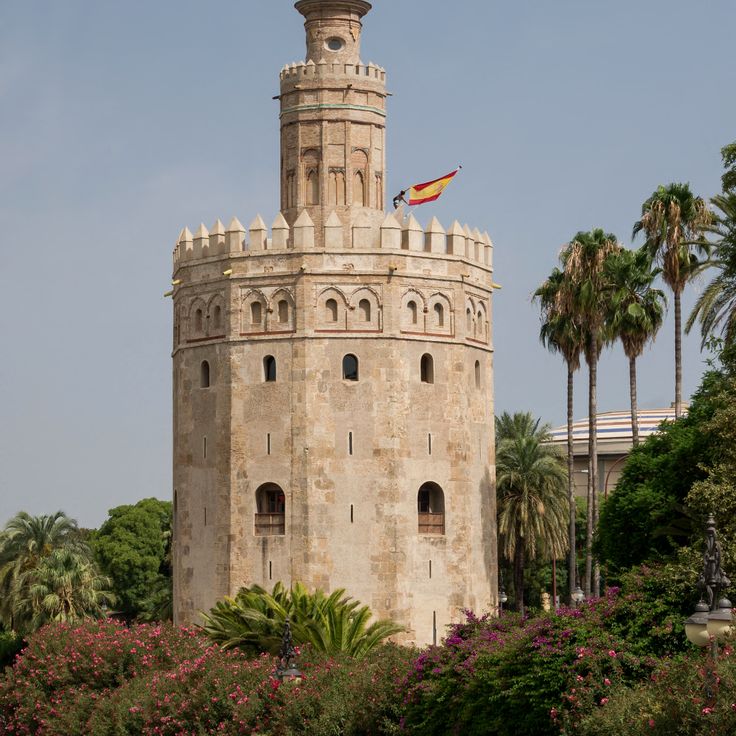
Seville, Spain
Built in 1220, this dodecagonal tower controlled river traffic on the Guadalquivir and now houses a naval collection.
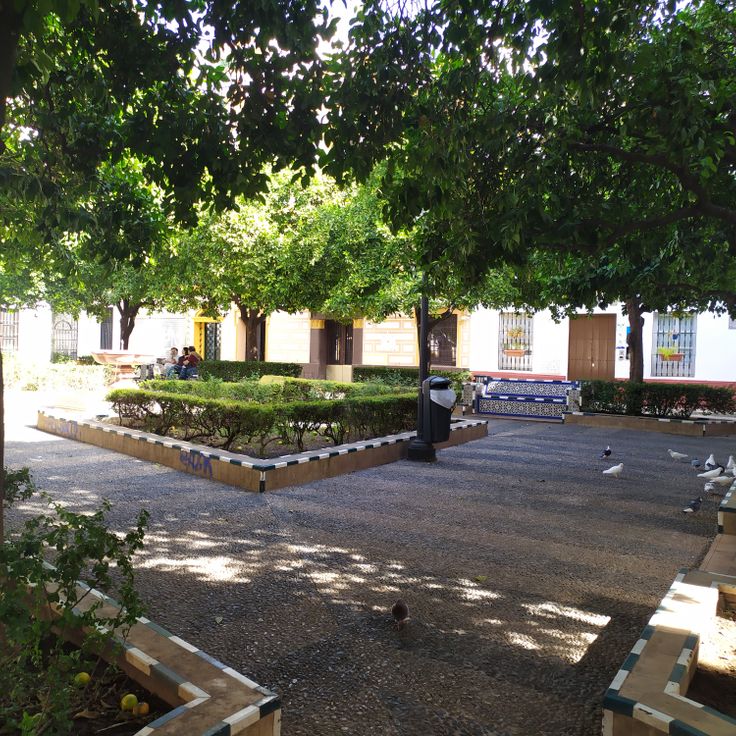
Seville, Spain
The medieval Jewish community with white houses, orange trees and squares with fountains defines this central district.

Seville, Spain
This iron bridge from the 19th century connects the city center with the Triana district across the Guadalquivir.
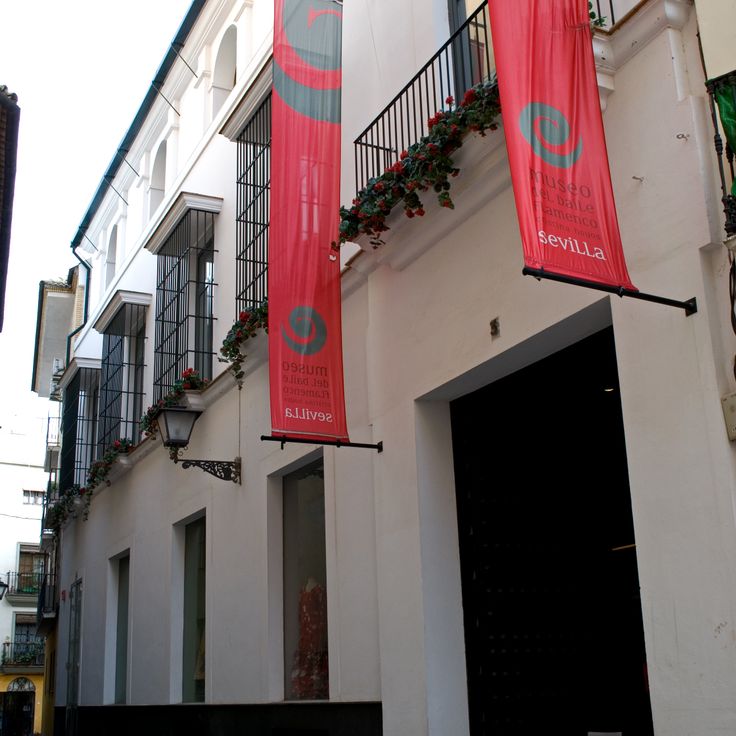
Seville, Spain
The museum displays costumes, instruments and documentation about the history of Andalusian dance art since the 18th century.
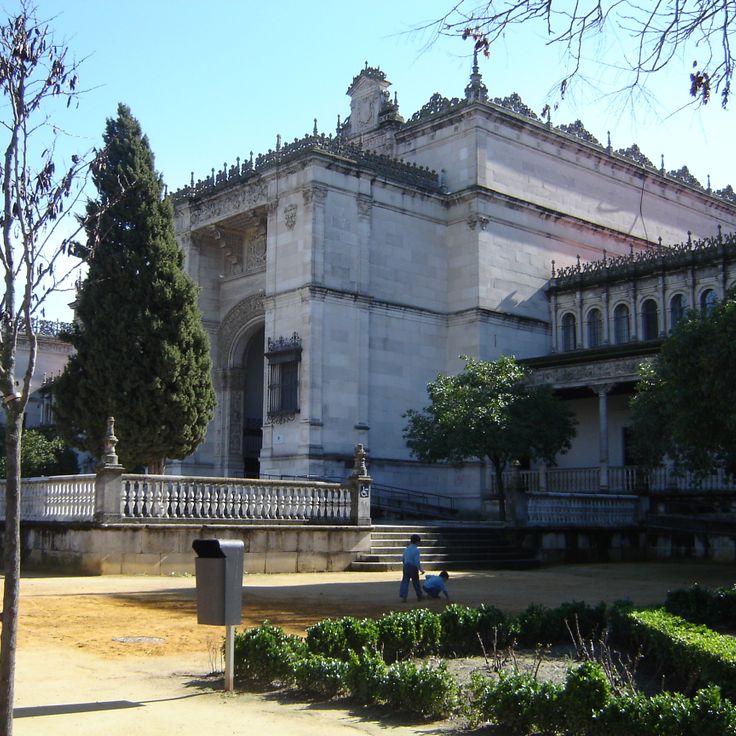
Seville, Spain
The museum contains statues, mosaics and artifacts from the Bronze Age through the Roman and Visigothic periods of the region.
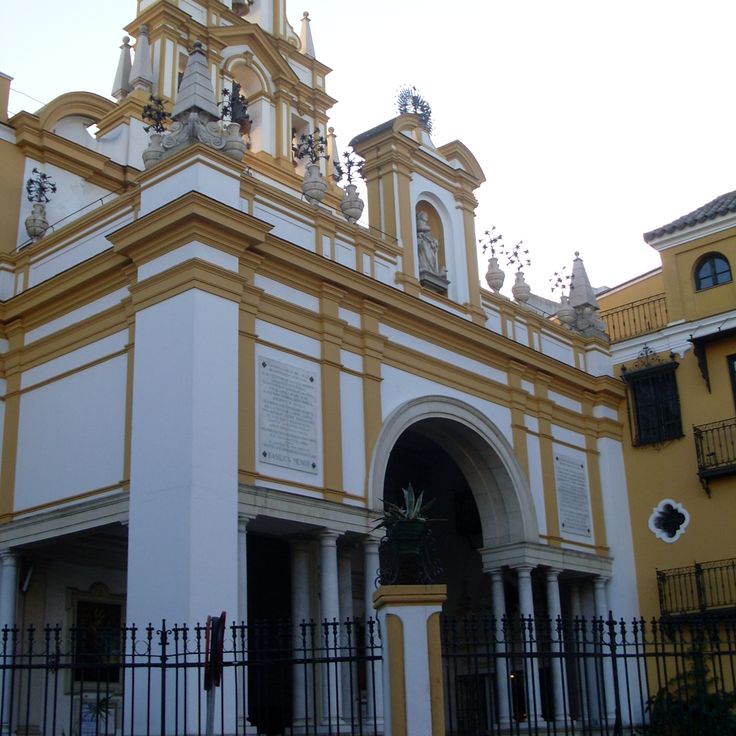
Seville, Spain
The baroque church built in the 20th century houses the statue of Esperanza Macarena, one of the city's main religious figures.
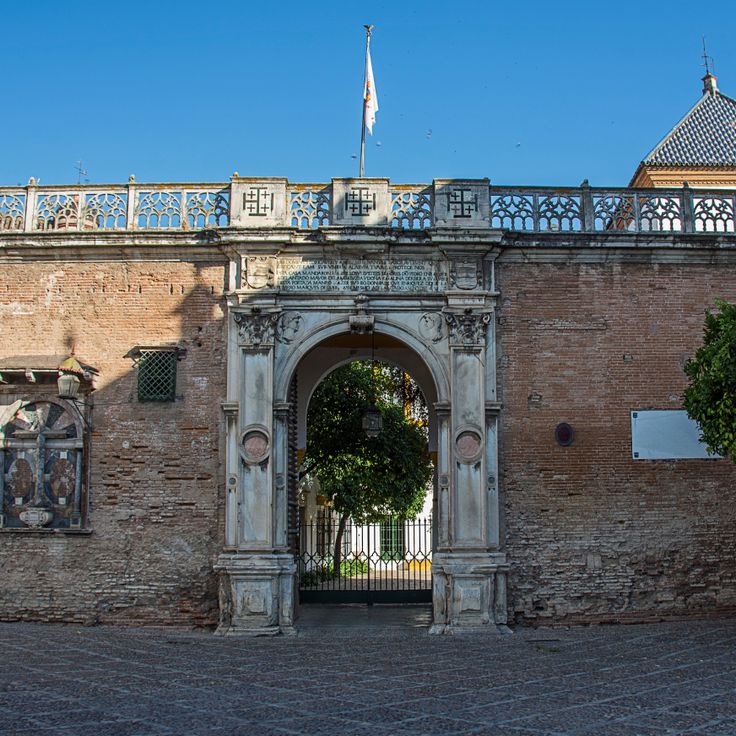
Seville, Spain
The 16th century urban palace displays a combination of Moorish, Spanish and Italian architectural elements with traditional tiles and gardens.
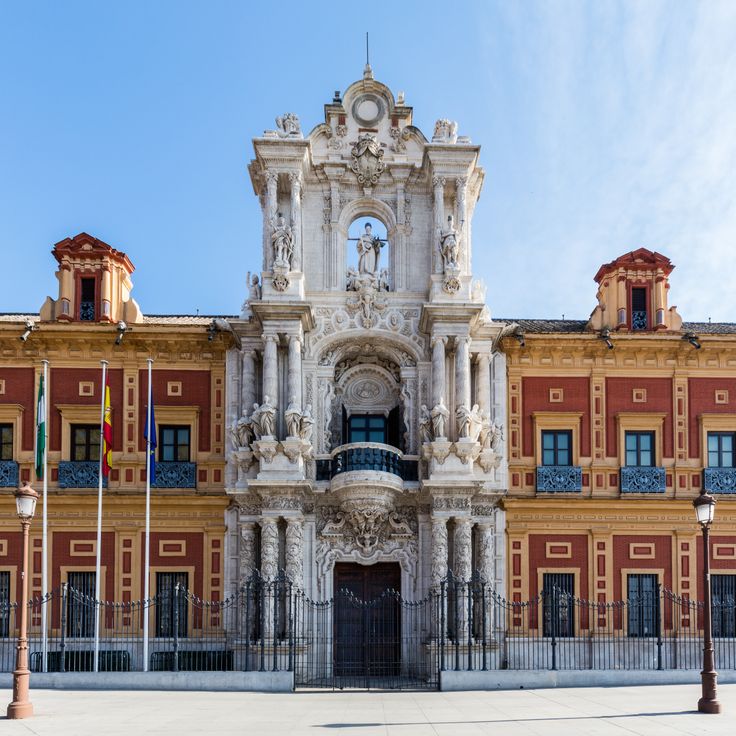
Seville, Spain
The baroque building from the 17th century served as a maritime school and features decorative stonework on its facade.
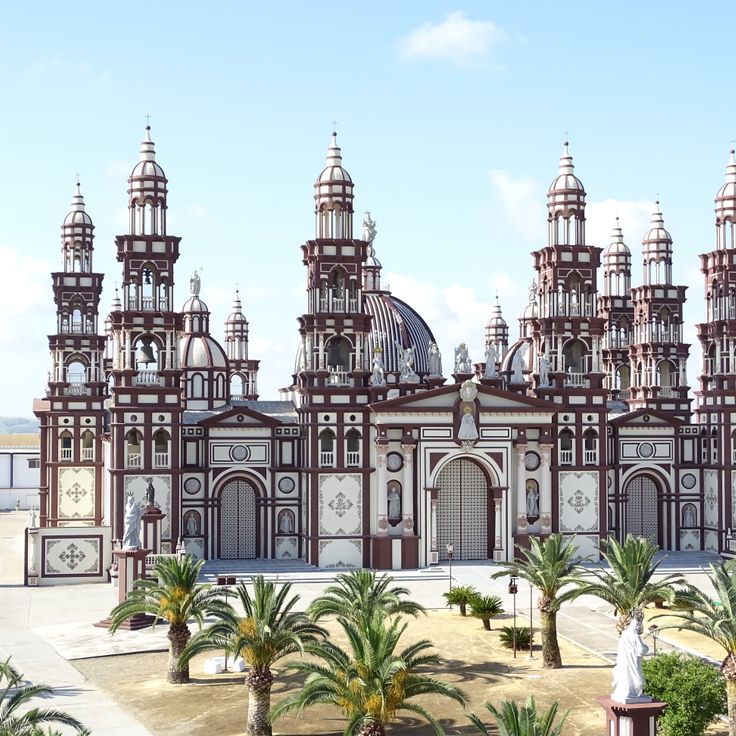
Seville, Spain
The bullring built in 1761 seats 12,000 spectators and contains a museum dedicated to bullfighting history.
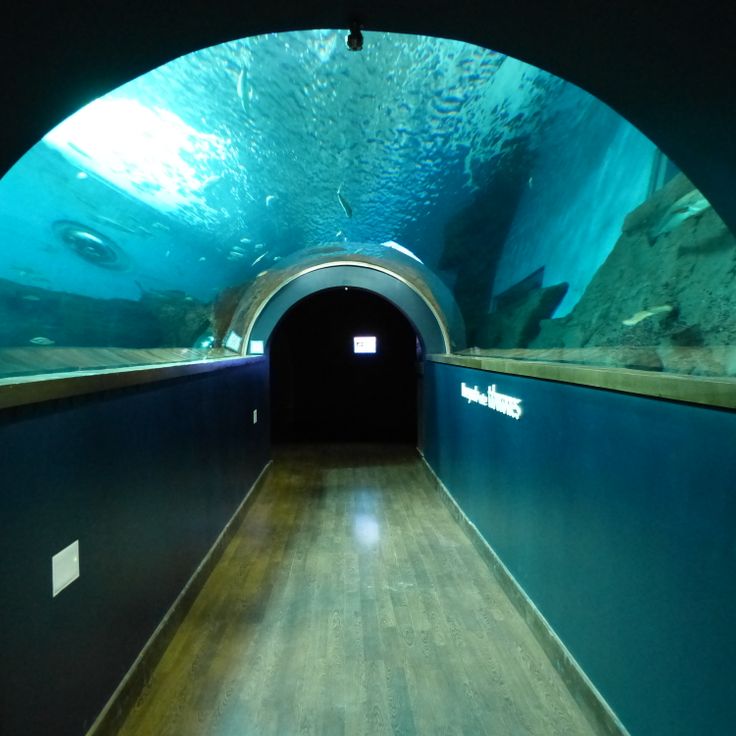
Seville, Spain
The museum displays Mediterranean and tropical fish in 35 tanks with an underwater tunnel for visitor groups.
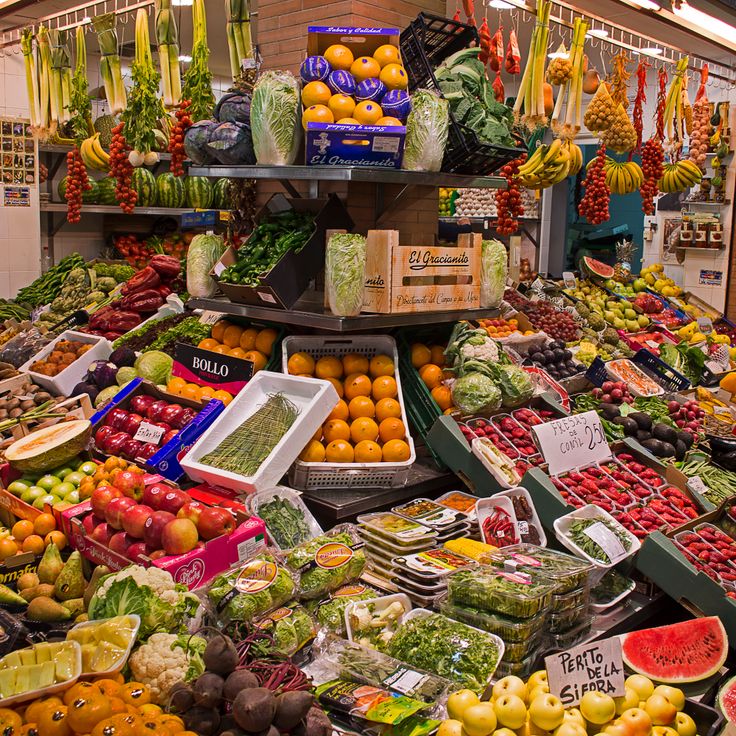
Seville, Spain
The market offers Andalusian food, vegetables, fruits and seafood in a historical building from the 19th century.
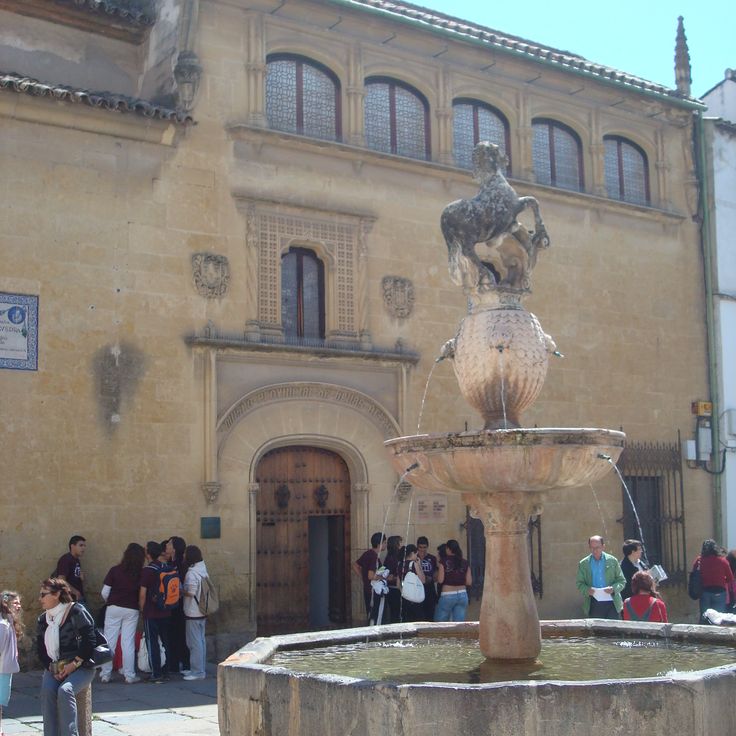
Seville, Spain
This 17th century building contains paintings by Murillo and Valdés Leal in the chapel and halls.

Seville, Spain
The palace contains a collection of artworks, antique furniture and historical documents from the Alba family.
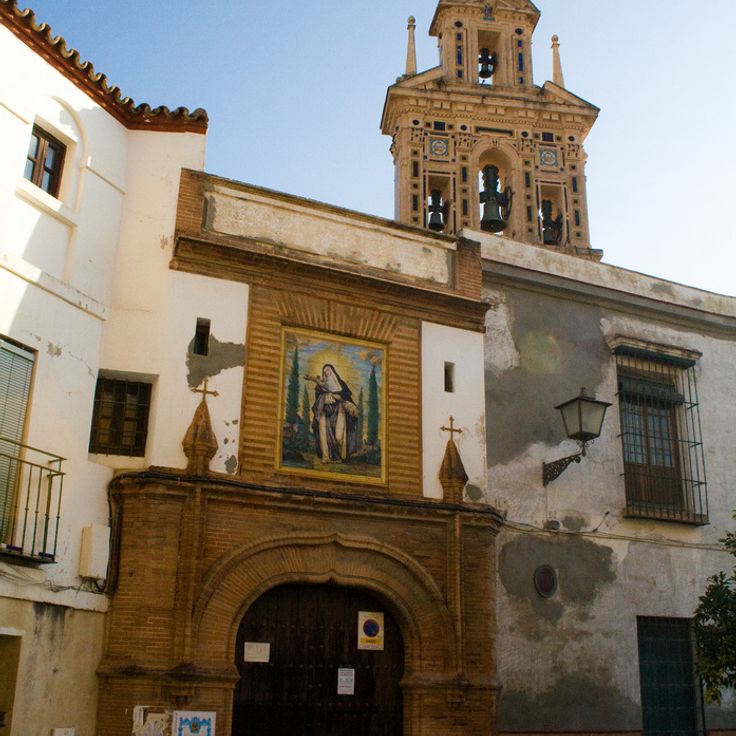
Seville, Spain
The 15th-century monastic complex contains a collection of religious artworks and handcrafted ceramics.
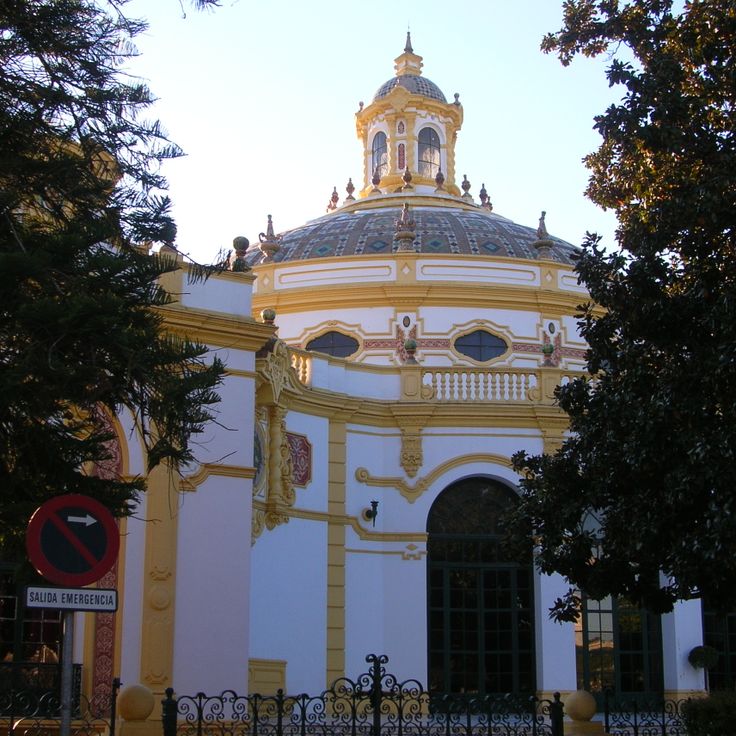
Seville, Spain
The 1920s building presents modern art and serves as a venue for cultural programs.
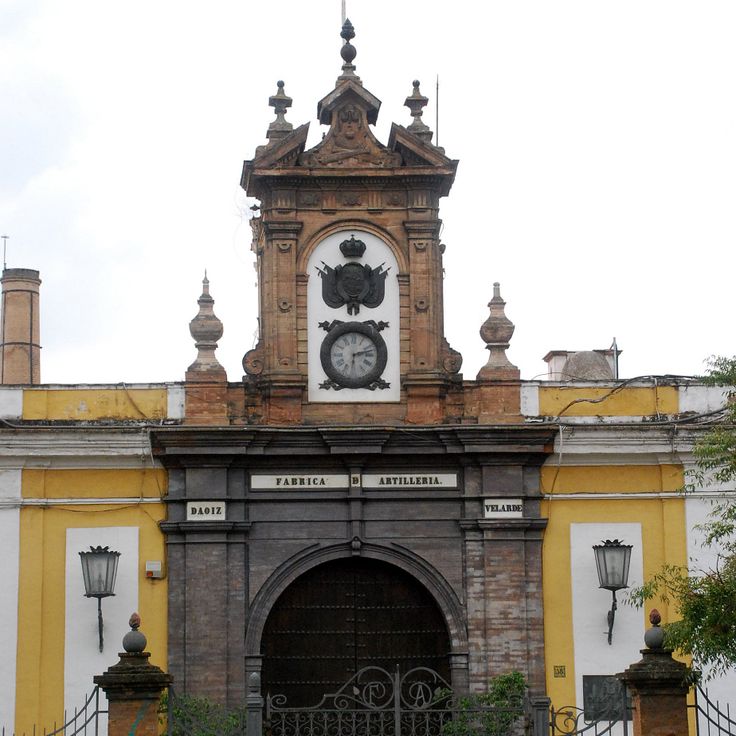
Seville, Spain
The 16th-century industrial complex now hosts exhibitions and cultural events in its renovated spaces.

Seville, Spain
Built in 1280, the church displays Gothic architecture and contains medieval frescoes and altarpieces.
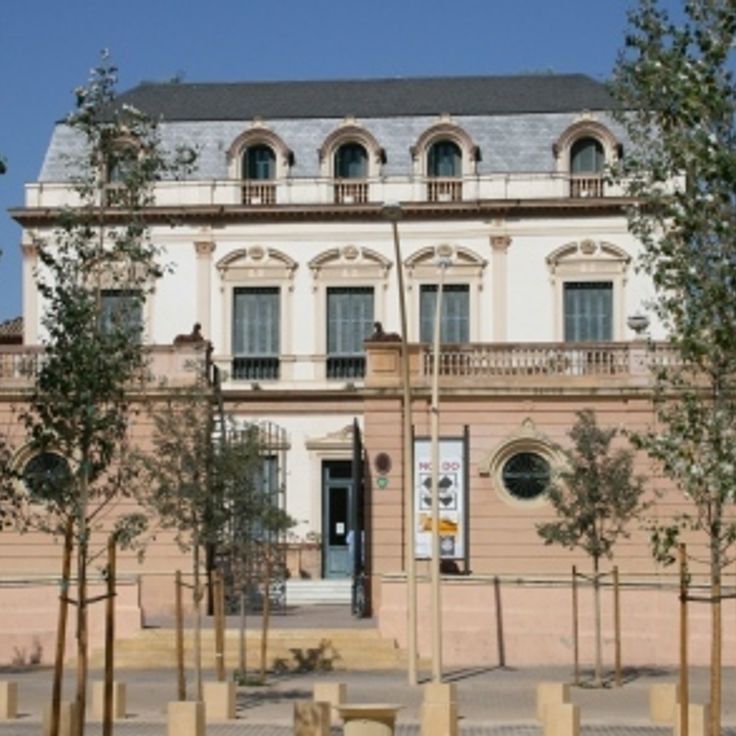
Seville, Spain
The 19th century building displays Moorish architectural elements with mermaid figures adorning its facade.
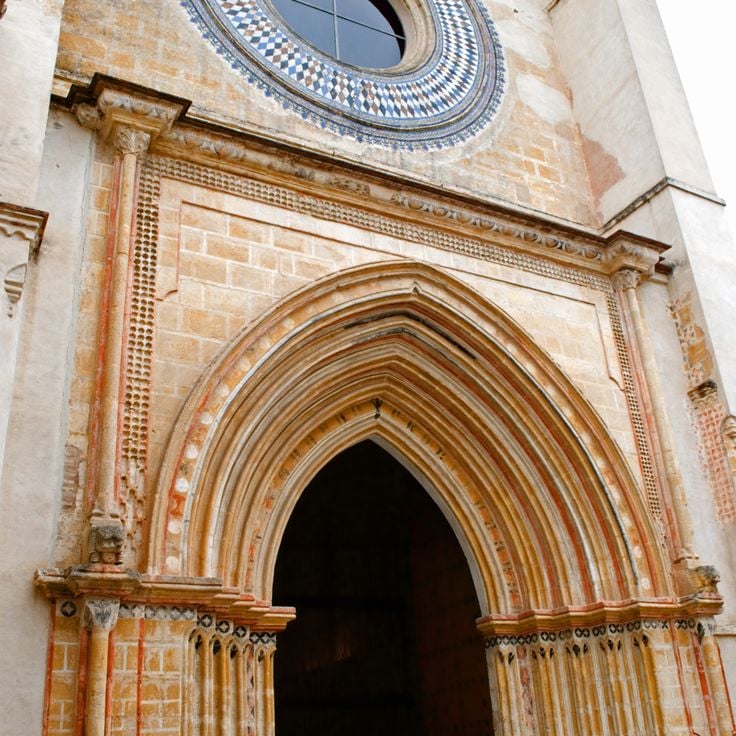
Seville, Spain
A 15th century monastery converted into a center for contemporary art, featuring exhibition spaces and gardens.
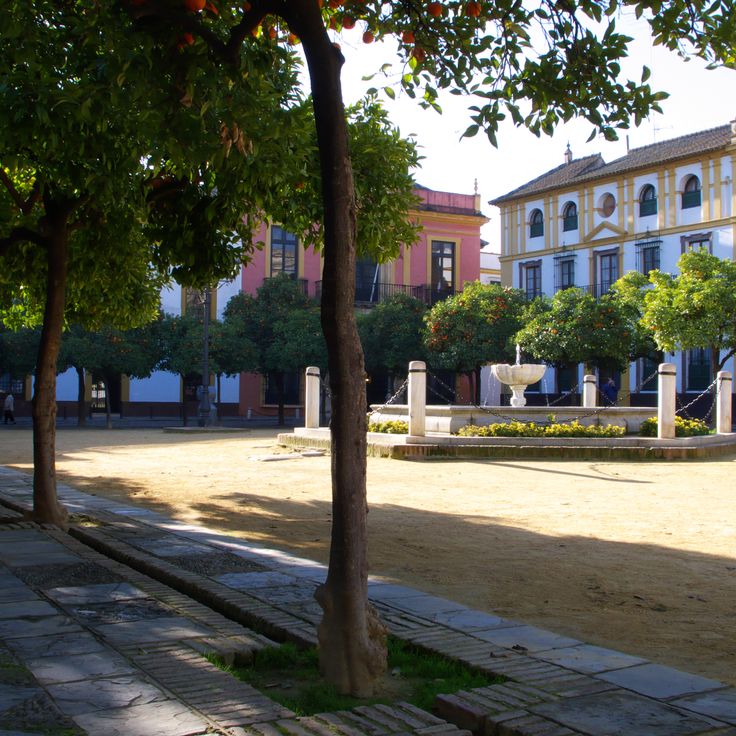
Seville, Spain
A historical square next to the Royal Alcazar with orange trees and stone benches, surrounded by traditional houses.
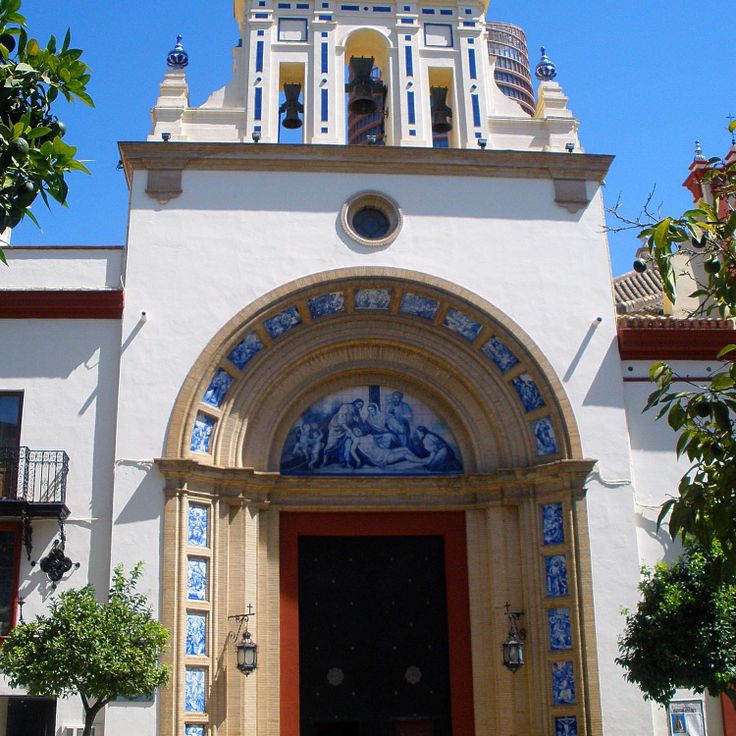
Seville, Spain
A 17th century baroque church containing a notable Christ statue and religious artworks in its interior.

Seville, Spain
The 35-meter industrial tower from the 19th century was used for lead shot production. The observation deck provides views across the city.

Seville, Spain
The market in the city center combines vegetable stands, fish vendors and restaurants. Visitors find local products and Andalusian dishes.